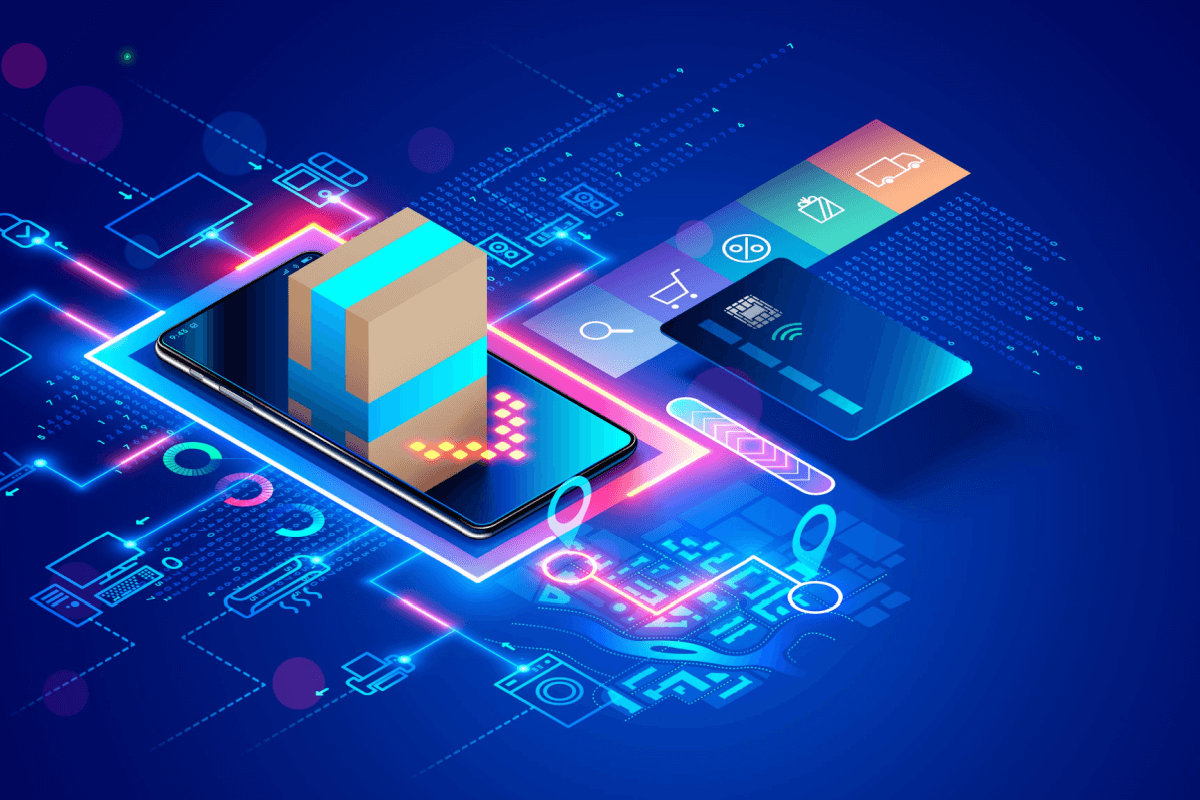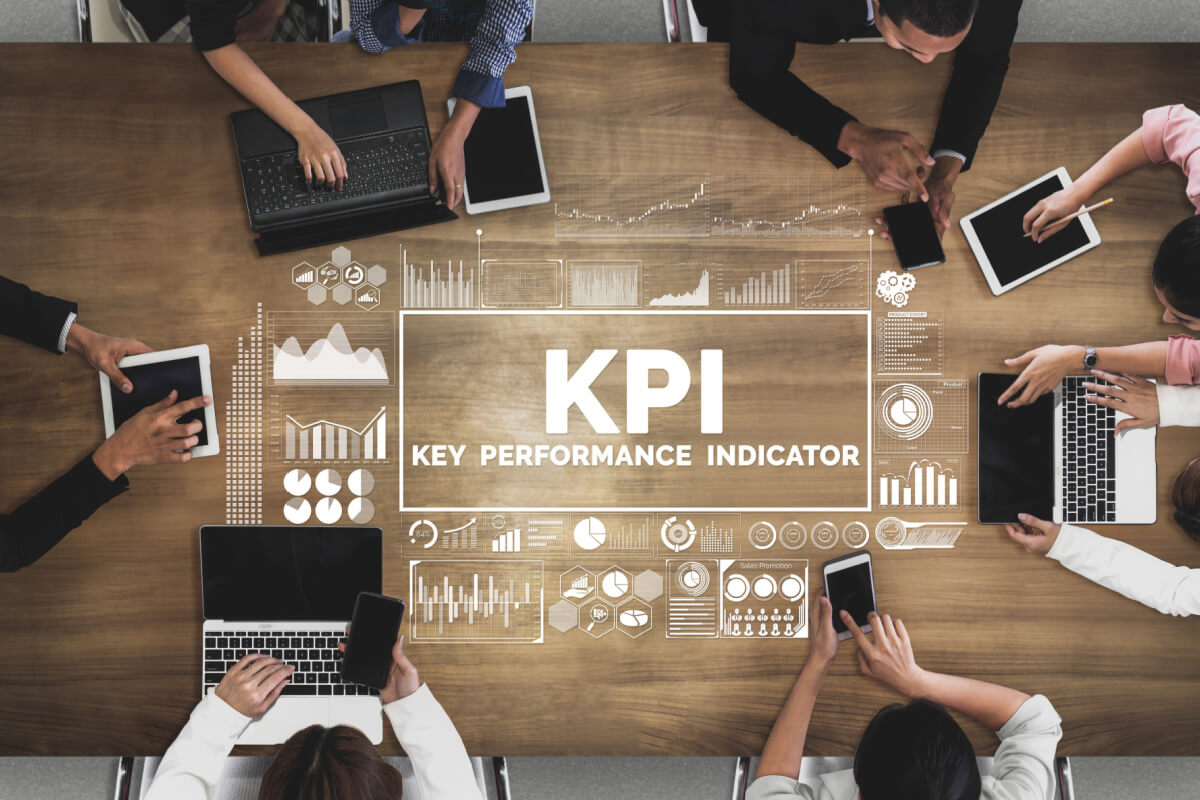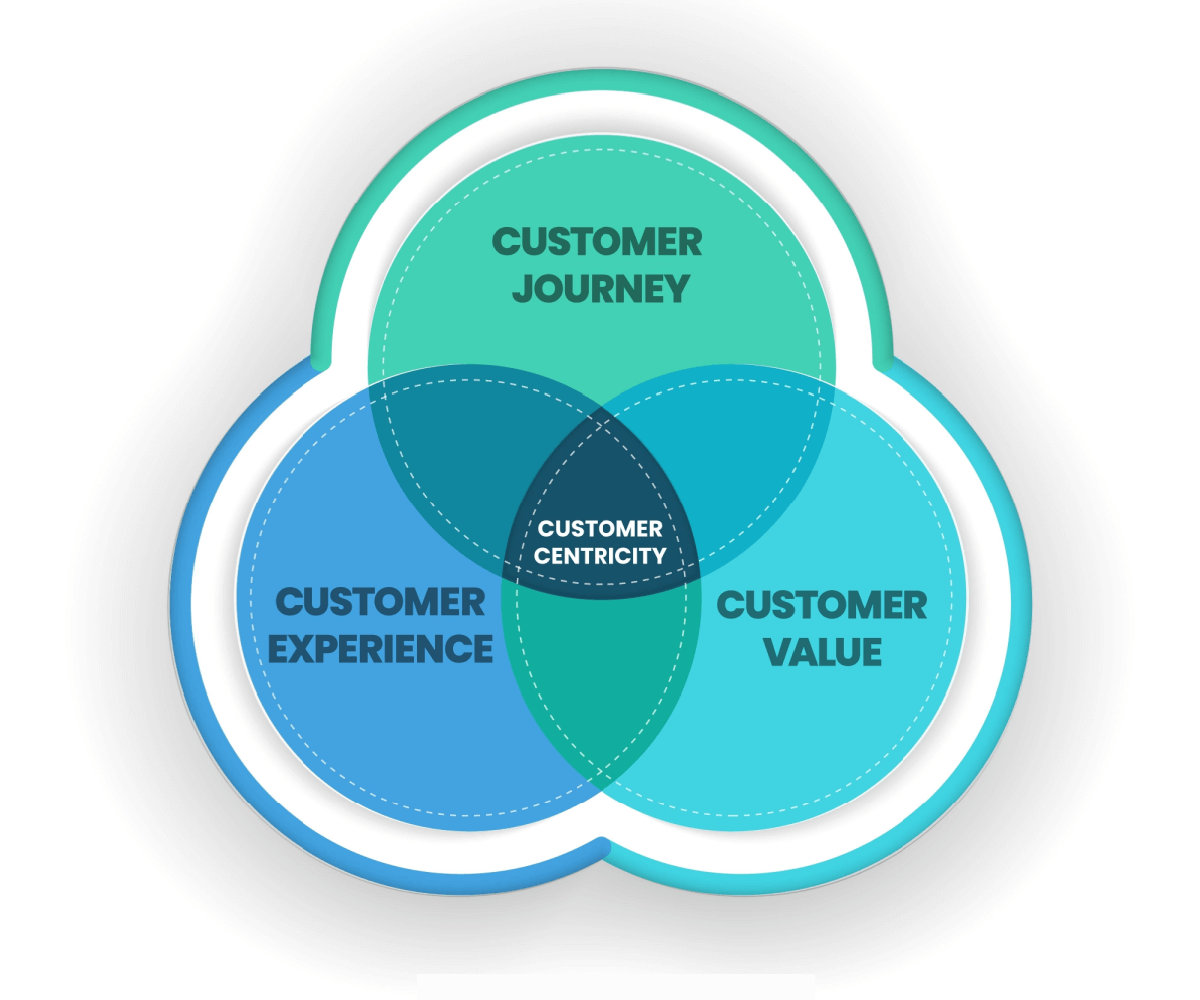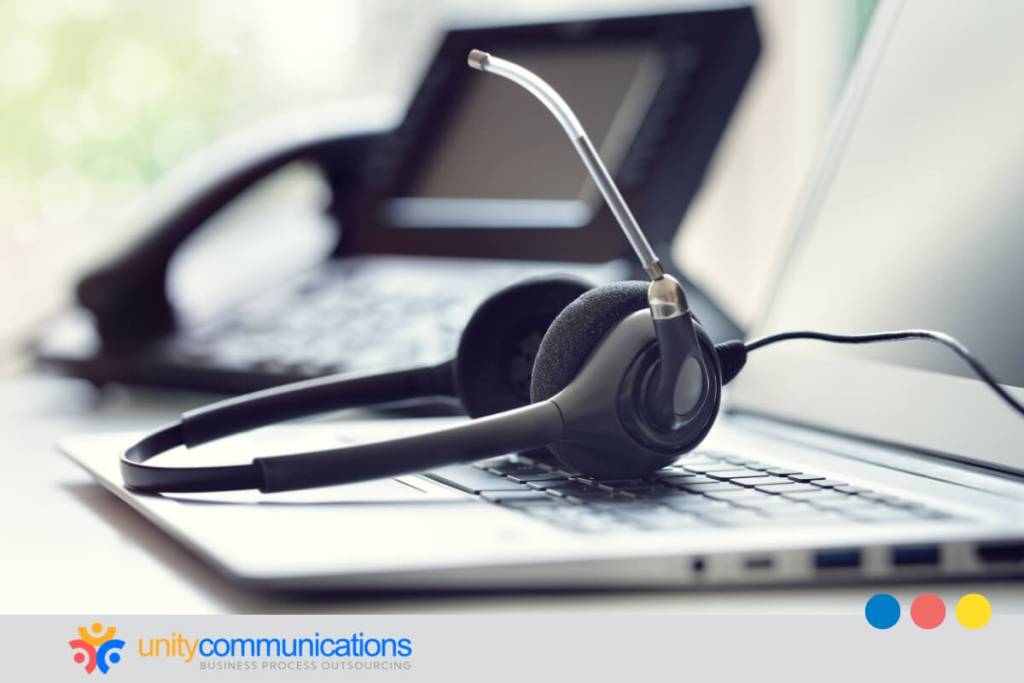Table of Contents
The retail and e-commerce sectors have grown exponentially in recent years. But both offline and online retail stores face challenges in boosting business operations, not to mention meeting consumer needs.
Customer service is one business function that requires a great deal of focus and attention. It demands knowledge, skills, and expertise. That’s where outsourcing becomes vital to e-commerce and retail success.
Use our tips for customer service outsourcing in the e-commerce and retail industries.
1. Assess Your Industry and Your Products or Services

eMarketer reports that global retail e-commerce sales reached almost $5 trillion in 2021. It could reach $7.4 trillion by 2025, with a 50% growth in the next four years.
The last decades have brought a gradual boom in the retail sector. Today, brick-and-mortar businesses, grocery stores, and shopping malls are in every corner of the world. The retail industry also includes product sales via person-to-person or direct mail marketing.
But in recent years, many consumers have heavily relied on online stores for ease and convenience. The e-commerce sector has gained ground in business, and the pandemic has further accelerated its growth. Online sales have soared from $2 trillion in 2019 to almost $3 trillion in 2021.
Thus, outsourced e-commerce customer service has become a viable solution for customer assistance. Doing business online has become easier as well. But when choosing BPO for your retail or e-commerce business, evaluate first your industry and the products or services you offer. See if it’s worth it to outsource your retail or e-commerce customer service.
2. Start With Goal Setting for Your Customer Service
To begin, what is business process outsourcing (BPO)? BPO is entrusting some aspects of your business operations to a third-party service provider. Customer service is one business function commonly outsourced to external vendors. And this applies to the retail and e-commerce industries.
Hiring BPO services starts with setting goals, whether outsourcing email support, telemarketing, or customer service. Generally, hiring a third-party service provider helps improve business operations. However, are you looking to acquire new customers or keep old ones? Are you looking to increase your leads and convert sales?
Fortune Business Insights said that the global customer experience management market would be worth $11.34 billion in 2022. Companies of all sizes pay attention to customer service. They aim to boost customer experience and ensure customer satisfaction. But improving customer experience starts with setting clear goals.
Clear business objectives are important to retail and e-commerce customer service outsourcing. Before outsourcing, identify customer service challenges your online or offline retail business has encountered. From there, ask yourself what you hope to achieve from using BPO for your customer service.
3. Set Metrics for Your E-commerce or Retail Customer Service

Set critical metrics once you have established your business goals. Key performance indicators (KPIs) measure how a company achieves its business objectives. They track performance and evaluate business results, enabling you to adjust business practices and make sound decisions.
Outsourcing customer support requires setting critical metrics after defining business objectives. Make sure to orient your third-party service provider about them and develop a service level agreement. More importantly, ensure that your BPO company’s practices align with your business goals and comply with the set key metrics.
Retail and e-commerce customer service outsourcing usually has three fundamental metrics:
- Service efficiency refers to how efficient customer service representatives respond and how many customers they can assist regularly. The average handling time (AHT) is the most common metric for e-commerce call centers. This metric is a combined calculation of the call answering time, hold time, and even after-call work (ACW).
- Quality and compliance refer to how customer service representatives ensure quality call services, email support, or live chat. They also measure how agents comply with business protocols. Quality analysts audit customer support, while compliance specialists monitor adherence to policies.
- Customer satisfaction (CSAT) refers to how happy and content customers are with the services or products they receive. The CSAT score is the most critical metric for measuring customer satisfaction. Customers usually receive surveys and provide feedback.
4. Select a BPO Company Best Suited for Your Business Type, Size, and Industry

The global outsourcing market size was worth $92.5 billion in 2019. BPO, a subcategory, is the most widespread type of outsourcing.
Many businesses outsource back-office support and front-office functions. They use offshore, nearshore, or onshore outsourcing. BPO companies exist worldwide to cater to various industries.
However, the success of retail and e-commerce customer service outsourcing requires choosing the right BPO company. Make sure your external vendor best suits your business type (retail or e-commerce) and size (small, medium, or big company).
Crucial factors to consider when outsourcing customer service for e-commerce or retail include:
- BPO credentials. Check prospective BPO companies’ licensing, especially offshore and nearshore providers. Ensure that they are legitimate companies legally allowed to operate. Also, factor in their business certifications earned and awards received through time.
- Business flexibility and agility. Outsourcing requires a flexible and agile BPO partner. Look for a company that seamlessly aligns its business practices with your objectives. It should quickly make necessary adjustments. It must be responsive and adaptive to the ever-changing business landscape and consumer needs.
- Customer service types. Customer service varies from one type to another. For retail or e-commerce customer service, decide if you need a call center, live chat, email support, or self-service options. Then, look for a company that can offer the service you need.
- Customer service features. Customer service operations consist of several features. Some providers offer 24/7 availability, added security, omnichannel solutions, social media management, technological integration, and management support. See what works for you and pick the right company.
- Retail products offered. Offline and online retail companies offer various goods or items. They offer beauty, wellness, healthcare, fitness, grocery, and household products. Work with a BPO provider with experience handling products similar to what you offer.
- Workforce, technology, and resources. Select a BPO company that invests in its people, the latest technology, and other valuable resources. See whether its employees undergo stringent hiring, training, and career advancement programs. Check whether it uses digital tools such as automation, artificial intelligence (AI), and cloud computing (refer to Tip #6 for further details).
- Pricing Model. The BPO pricing can make or break your outsourcing decisions. Pick a third-party service provider that offers affordable customer service without compromising efficiency and quality. Also, check your prospects’ pricing models (read Tip #8 for further details) and see what works for your business.
5. Appraise Critically the External Vendor’s Workforce

Customer service is a front-office business function, and customer service representatives directly interact with the customer, making this a sensitive position.
In retail and e-commerce, customer service can influence purchase decisions. It drives company sales to boot. Zendesk reported that 81% of consumers say that a positive experience can compel them to make another purchase.
On the other hand, poor customer service can compromise a company and affect its sales. One mistake can drive a customer away. Zendesk says that 61% of consumers would immediately switch to a competitor after a single taste of poor customer service.
Carefully assess your prospects’ workforce for your e-commerce business. That’s one of the vital tips for outsourcing customer service. Customer service representatives impact customer experience because they work with customers directly. That means you need a highly competent and reliable workforce.
Remember these:
- Hiring and recruitment. Ensure your contracted BPO company has a stringent talent acquisition process that looks into knowledge, skills, expertise, and experience handling retail customer service.
- Training programs. If employees lack experience, your BPO partner should provide robust training programs. It should enhance agents’ knowledge and skills and boost their commitment to helping customers.
- Production updates: Your BPO partner continuously provides production updates even if employees hit production quotas. Such updates can motivate agents to work on their weaknesses and leverage their strengths.
6. Capitalize on the Service Provider’s Tools, Technology, and Resources

The workforce is the most valuable asset in a BPO company. But digital tools and technological resources can help employees in their day-to-day tasks. Look for a third-party service provider that invests in the latest technologies and resources.
Deloitte reports that the BPO sector continues to embrace disruptive technologies. Automation, cloud computing, and single-instance ERP are part of these groundbreaking tools. They are digital enablers and ‘table stakes’ for digital transformation in business.
Some digital tools and technological resources you can incorporate into your BPO endeavors include:
- Artificial intelligence. AI simulates human intelligence in machines. It allows technology to respond intelligently to humans, assisting employees with work. e-commerce companies integrate AI-powered chatbots into their websites for customer service. These chatbots have now become more intelligent, conversational, and helpful.
- Robotic process automation. RPA involves robots automating business tasks. This technology reduces manual work, substantially increasing efficiency. It helps the third-party retail and e-commerce workforce in order fulfillment and status updates. Deloitte further notes that 64% of businesses consider RPA a digital asset for BPO.
- Cloud computing. This tool includes online services such as data storage, servers, databases, networking, and software. Remote retail and e-commerce CSRs benefit the most from it. Cloud computing is the main digital enabler for outsourcing, according to Deloitte. And 70% of companies are considering a further investment.
7: Be Wary of the BPO Company’s Pricing Model

BPO pricing is crucial to your outsourcing decision. Deloitte has identified cost reduction as the top outsourcing reason. It used to be second only to boosting business agility and service quality. However, the pandemic triggered a return to basics—lowering costs while augmenting value.
Whether you outsource data entry services, IT support, or customer service carefully assesses the BPO pricing. The ultimate goal is to save on outsourcing costs without compromising service quality. Also, be well-acquainted with some pricing models in BPO, including:
- The fixed price model means a standard rate set by the BPO service provider, charged monthly or yearly. A contract usually includes the complete details of the project and the agreed fixed price. In this BPO pricing model, you know what to expect without additional charges.
- The time and material (T&M) model entail paying the BPO company based on the duration of the services rendered. The billed time and materials used will go into the price computation for this model. It is usually much cheaper than the fixed-price model.
- The staffing model involves a BPO company that provides a client with staff. As the employees work directly with the clients, they get billed accordingly. However, this model includes tools, equipment, technology, and resources in the billing contract.
- The cost-reimbursable model allows a BPO service provider to set expense limits and add a particular percentage for profit. Note that the fixed price model involves a standard price regardless of consumed expenses. But in this model, consumable expenses have a limit and, if exceeded, require additional payment.
- The consumption-based model bills a client based on the actual consumption in a month or a year. This pricing model usually applies to cloud-based services. Clients get billed based on the use of those services to take advantage of the cost flexibility.
- The profit-sharing pricing model involves allocating part of the profit to the BPO service provider. But the proportion depends on the agreement between the two parties. This pricing model is a great way to bolster partnerships where good performance gets rewarded.
- The incentive-based pricing model entails a business client providing incentives for its BPO company. The incentives usually serve as a means of motivating a service provider to perform better.
8. Establish a Customer-centric Culture

According to Hubspot, customer-focused businesses are 60% more profitable than those without a customer focus. They can tap into customer service to increase customer acquisition and achieve high retention. However, they must ensure that they provide customers with what they need and want.
Data entry, order fulfillment, and inventory management outsourcing might not be as critical as customer service outsourcing for e-commerce and retail. The latter is a customer-facing task that can make or break the business relationship with its customers. If you leave your customers unhappy and dissatisfied, they might choose to no longer do business with you.
So how do you maintain a customer-centric culture in your contracted BPO company? Below are some tips for retail and e-commerce customer service outsourcing:
- Treat customers with respect
- Provide prompt assistance
- Acknowledge customer concerns
- Resort to paraphrasing
- Show empathy
- Practice active listening
- Use positive language
- Smile at your customers
- Communicate clearly
- Ensure first call resolution (FCR)
- Handle angry and frustrated customers professionally
- Update customers and follow up on their concerns
- Admit mistakes and provide solutions
- Resolve customer issues
The Bottom Line
The retail and e-commerce sectors show no sign of slowing down. While physical stores long gained ground, online shops will further boom in the years to come.
Retail growth and expansion call for ensuring business optimization, not to mention keeping up with consumer demands. That is especially true for customer service, which requires time, money, and effort.
Outsourcing customer service for e-commerce and retail is key to achieving success. Make sure to consider the tips recommended above. With these in mind, you’ll see your brick-and-mortar store or click-and-order shop grow and succeed.




